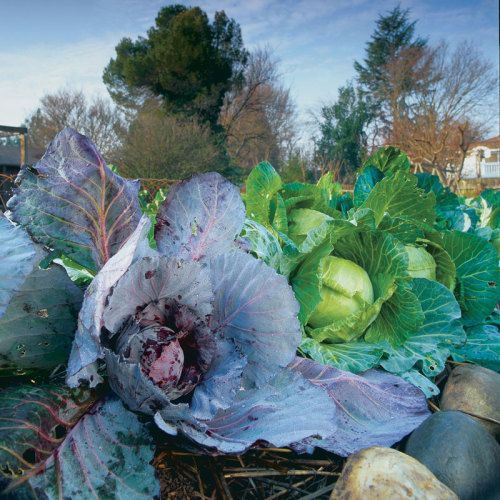
When I laud the merits of cabbage, I try to restrain myself, but it’s a tough task. Besides containing an astonishingly high amount of vitamin C, cabbage is also the most productive brassica per square foot, and its flavor can be deliciously sweet, especially if it weathers a few frosts. But because chilly weather sweetens cabbage, many warm-climate gardeners don’t bother with it.
I do. I grow cabbage in hot, dry, Sacramento, California. Although I make a special effort, I wouldn’t call it a bother. I use sensible growing techniques for hot climates, most of which work in other zones.
Last summer, I went on a quest to find cabbages that would grow well in my climate and work well in my kitchen. I grew five types—a flat (or drum) head, a conical head, a red, a savoy, and a light-green round head—each intended for a different culinary use.
Of kings and coles
To make cabbage recipes worthy of the royal table, you need the right cabbage for the right purpose. Red cabbage’s vibrant color and beauty grace any garden. And in the kitchen, our all-time favorite cabbage recipe is red cabbage braised in wine with sausage. Unfortunately, red cabbage has always been difficult to grow well here, so I chose four to see which would produce the best head: ‘Red Rodan’, ‘Scarlet O’Hara’, ‘Bountiful Garden Red’, and ‘Rougette’.
Coleslaw needs a tight-headed cabbage that cracks when cut. That way you know it will stay crunchy. ‘Early Jersey Wakefield’ works in this category and is usually the first cabbage of the season to be harvested. In search of the perfect coleslaw cabbage for hot climates, I chose ‘Copenhagen Market’, a round-head, and ‘Rio Verde’, a crunchy cabbage with a conical shape.
Savoys are a must for stuffed cabbage. Their large, loosely packed leaves make them easy to prepare as whole, stuffed heads, or with individual leaves removed and filled. ‘Red Verone’ savoy is my current favorite, but to extend the season I decided to try ‘January King’ and ‘Chieftain’ savoy.
Sauerkraut requires a big, firm head without too much color. Last year’s sauerkraut was too green, probably because there were too many outer leaves on small heads. I decided to try ‘Early Dutch Flat Head’, ‘Copenhagen Market’, and ‘Titanic’, all reputed to be excellent for sauerkraut.
Shifting the season to beat the heat
Winter here consists of some fog and rain with temperatures ranging from 30° to 60°F. Those frosty days that sweeten cabbage and Brussels sprouts are few if any. Summer afternoons are frequently in the 100s. Spring-sown brassicas never produce anything worth eating—it’s just too hot. The time for me to plant is August through early September, for cabbage that’s ready to eat from November through early February.
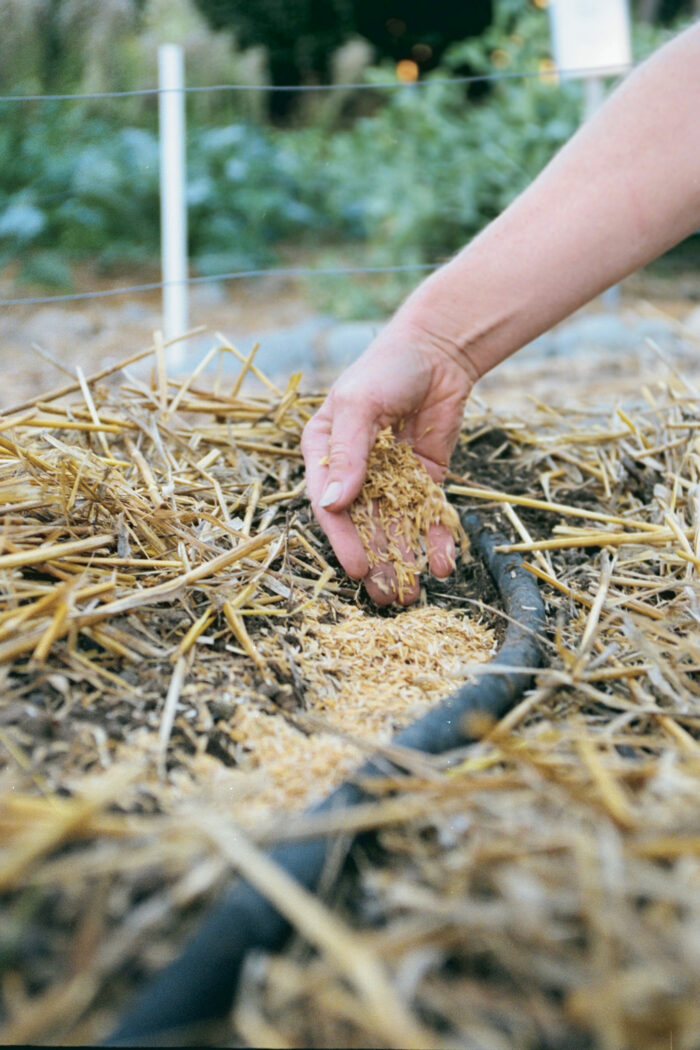
Cool-climate gardeners should time their planting so the cabbage matures during those weeks with cool temperatures. To estimate this date, you need to know whether the cabbage you are growing is an early-, mid-, or late-season variety. Early-season varieties mature in 60 to 80 days, mid-season types in 80 to 90 days, late-season in 90 to 110 days.
When I plant in August, transplants are not an option. The greenhouse is too hot, and plants don’t germinate well. Direct seeding works much better but requires some extra labor. With good bed preparation, mulch, and irrigation, cabbage can be coaxed up even in the August heat.
I prepare my beds in July, digging in compost made from ground-up tree clippings and rabbit manure. Because cabbage is a heavy feeder, I spread extra rabbit manure over the planting beds, along with a 2-in. layer of mulch.
After mulching the bed, water it well to keep the soil cool and speed germination. Pull away the 2-in. layer of mulch in rows about 20 in. apart. Dig 2-in.-deep holes in the soil, spaced at 12-in. intervals. Gently firm the soil to ensure the seeds won’t sink farther. Place five seeds at the bottom of each hole and cover them with a tablespoon of damp soil and ¼ cup of rice hulls or vermiculite, which don’t compact, making it easy for the seedlings to push through. Germination takes three to five days.
Each plant needs plenty of growing room to reach its potential. So as soon as the seedlings germinate, snip off all but two plants. Don’t pull out the excess seedlings because you might damage those remaining. Keep the soil damp but not wet. When the seedlings have two true leaves snip off the smaller plant. Do not transplant. You want all of the benefits of direct seeding so don’t disturb your plants.
During the next two months, your cabbages will grow big loose leaves and then start to form heads. Weeds are not much of a problem with adequate mulch. Constant attention to water keeps the plants growing quickly. If you do not have a rich composted manure, give the cabbages weekly feedings of half-strength fish emulsion.
Pesky cabbage butterflies
By far the biggest pest for my brassicas is the white cabbage butterfly and her cousins. In climates where heat is not a problem, the entire bed can be covered after seeding with spun polyester row covers. This prevents butterflies from laying eggs on the new plants. Some gardeners also try using butterfly nets to catch the butterflies for squishing.
 |
 |
Bacillus thuringiensis (Bt) is an effective organic control. It will kill many different kinds of caterpillars, so use it selectively or you may also kill the butterflies you enjoy. Bt is most effective sprayed in the early morning or evening. Be sure to spray the entire plant, including the undersides of the leaves. Monitor the damage and keep a good perspective on the problem. Plants with six or more leaves can easily deal with 15% of the leaf surface being eaten. Excessive damage requires repeat spraying. Rain or overhead watering washes off the Bt, making additional spraying necessary.
As soon as the plants have 6-in. heads, pull off one of the leaves near the forming head and taste. If the leaf is beginning to taste sweet and crunchy, the cabbage will be ready soon. If not, be patient and wait for the taste to mellow. The plants will store sugar in response to cooler weather.When the cabbages are ready to harvest, take a sharp knife and cut the head off the plant. I pull up the plants after the head is harvested, but you can leave them in the ground, and several golf-ball-size, loose-leaf heads will spring up just below the cut.
Picking the winners
In late January I picked the winners of the year’s trials. It was real easy in the red cabbage category. ‘Bountiful Garden’ and ‘Rougette’ failed to produce any solid heads. ‘Red Rodan’ produced a very small but tight 4-in. head. ‘Scarlet O’Hara’ was wider with a 6-in. tight head and was the most colorful of the reds; it gets my vote.
‘Early Jersey Wakefield’ was the earliest coleslaw cabbage and made tasty but strongly flavored slaw. In a cooler climate, the strong taste would probably be mitigated. ‘Copenhagen’ was a disappointment. The heads were tight and crunchy, and the flavor was mild, but mold spots appeared throughout the leaves. ‘Rio Verde’ had a mild flavor but didn’t form tight heads. ‘Titanic’ was three weeks later than ‘Early Jersey Wakefield’ and had tight heads and a nice mild flavor.
‘Red Verone’ still takes top billing in the savoy category. The heads are nicely formed, the color outstanding, and the flavor mild. ‘January King’ savoy had small, tight heads. ‘Chieftain’ savoy had very open heads that were not well formed, but the leaves had a lovely texture that looked great in the garden.
‘Early Dutch Flat Head’ produced nice heads for sauerkraut. ‘Titanic’ also did well. The heads were tight, heavy, and shredded easily. The sauerkraut made from both varieties fermented nicely.
Next year’s selections? ‘Early Jersey Wakefield’ for early coleslaw; ‘Titanic’ to extend the season; ‘Scarlet O’Hara’ for the best of the reds; ‘Red Verone’ savoy for stuffing; and either or both ‘Early Dutch Flat Head’ or ‘Titanic’ for sauerkraut.
Fine Gardening Recommended Products

Gardener's Log Book from NYBG
Fine Gardening receives a commission for items purchased through links on this site, including Amazon Associates and other affiliate advertising programs.

A.M. Leonard Deluxe Soil Knife & Leather Sheath Combo
Fine Gardening receives a commission for items purchased through links on this site, including Amazon Associates and other affiliate advertising programs.

Attracting Beneficial Bugs to Your Garden, Revised and Updated Second Edition: A Natural Approach to Pest Control
Fine Gardening receives a commission for items purchased through links on this site, including Amazon Associates and other affiliate advertising programs.



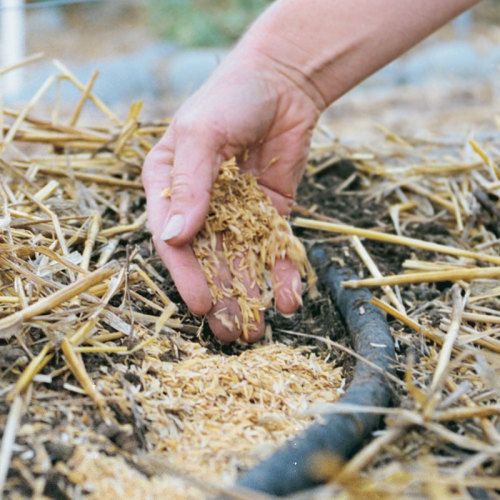
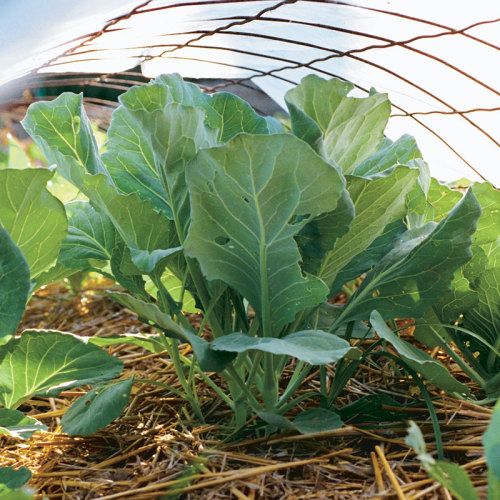
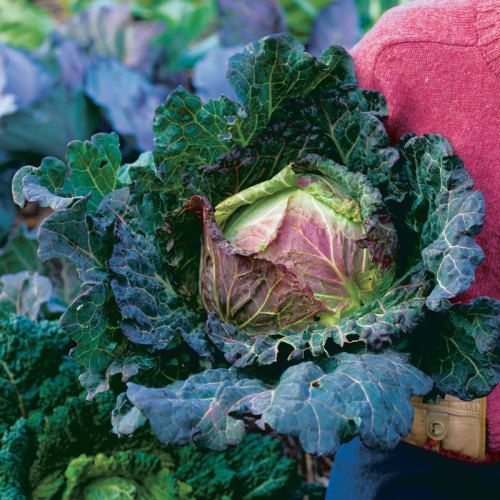



















Comments
Log in or create an account to post a comment.
Sign up Log in